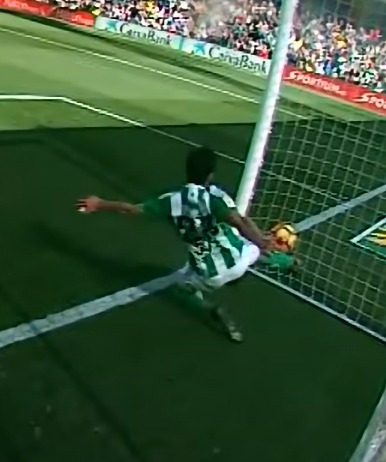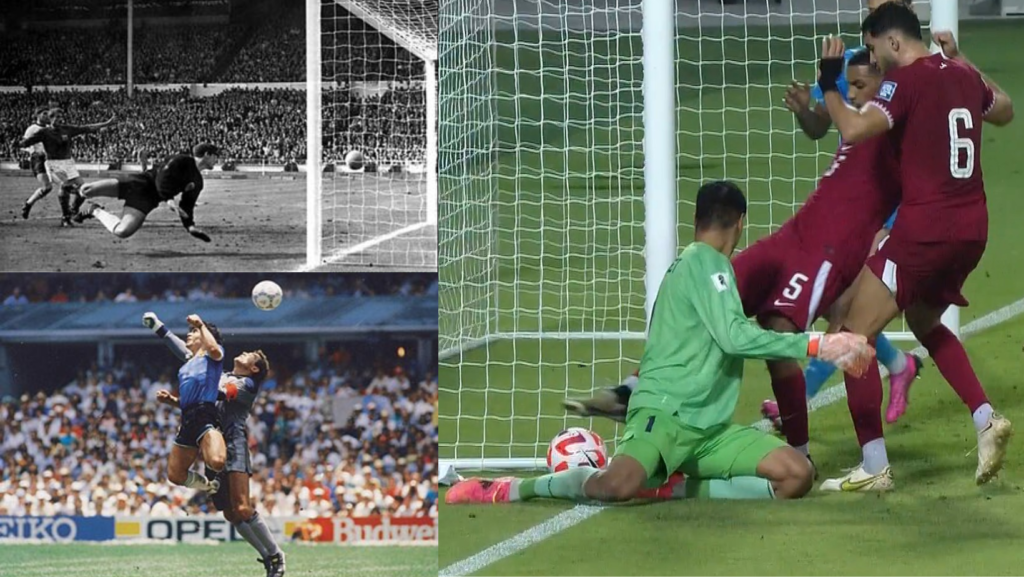
Angry reactions from Indian football fans have taken over social media with multiple trending hashtags such as Robbery, Oil Money and Cheaters. It was a do-or-die encounter for Igor Stimac and his boys at the Jassim Bin Hamad Stadium in Qatar. With control over the game, the Blue Tigers maintained their narrow one-goal lead till the 73rd minute, when the controversial incident took place, which is sure to haunt every stakeholder of Indian football for years to come. The ball clearly rolled out for a corner as Gurpreet Singh Sandhu failed to gather a Yousef Aymen header. Hashemi Al-Hussain, the Qatar No. 5, then back-heeled the ball back on to the field, for Aymen to tap home. It was dubious gamesmanship of the highest order, and contrary to everything players are taught about the spirit of the game. But despite several protests, the referee and his assistants gave the goal to Qatar.
If we look back at the history of world football, we will find multiple such incidents where a bad refereeing decision cost a particular the game or the tournament. Here are just a few such incidents.
- 1966 World Cup Final: Geoff Hurst’s Goal, England vs Germany, Wembley
In extra time, with the score tied 2-2, Geoff Hurst’s shot hit the crossbar and bounced down near the goal line. The Swiss referee, Gottfried Dienst, after consulting with linesman Tofiq Bahramov from the Soviet Union, awarded the goal to England. The decision was highly contentious as it was unclear whether the ball had fully crossed the line. England went on to win the match 4-2. Modern studies using film analysis and computer simulation have shown that the ball never crossed the line – only 50 per cent of it did. Experts from Imperial College London and the University of Oxford determined that the ball would have needed to travel a further 18±4 cm to fully cross the line. England went on to win 4-2. This incident remains one of the most debated in World Cup history and highlighted the need for accurate goal-line technology.
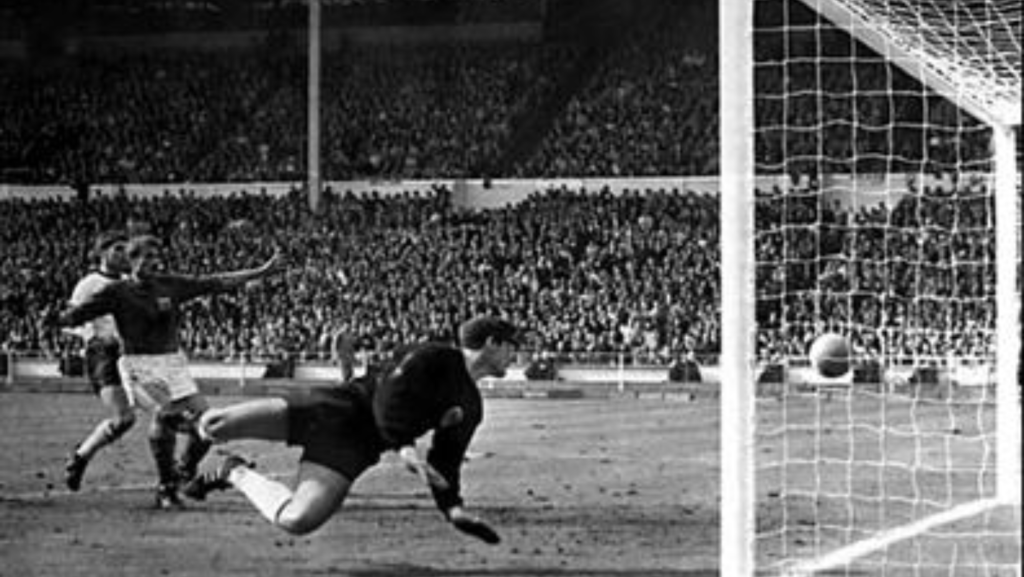
- 1986 World Cup Quarter Final: Argentina vs England, Diego Maradona’s Hand of God, Estadio Azteca, Mexico City
One of the most infamous, yet talked about, moments in football history. In the 51st minute, Diego Maradona used his left hand to punch the ball into the net, over the head of the English keeper, Peter Shilton, a clear violation of the rules. The referee, however, did not see the handball and allowed the goal to stand. Maradona later described it as “a little with the head of Maradona and a little with the hand of God.” Argentina went on to win the match 2-1, and eventually the tournament. This controversial goal remains a symbol of Maradona’s flawed genius.
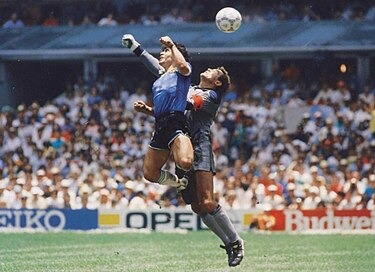
- 2002 World Cup Quarter Final, South Korea vs Spain, Gwangju World Cup Stadium, South Korea
In the quarter-final match held at the Gwangju World Cup Stadium, Spain had two legitimate goals disallowed. The first was a header by Fernando Morientes, which was ruled out because the linesman incorrectly flagged for the ball being out of play prior to the cross. The second disallowed goal came during extra time when Morientes again scored, but the referee called a questionable foul on Iván Helguera for an alleged push. The match ended 0-0 and went to a penalty shootout, where South Korea won 5-3. “You can see the ball never went out on TV,” said Carles Puyol afterwards to the media (givemesport.com). With this win, South Korea became the first team from the Asian Football Confederation (AFC) to reach the semi-finals of the World Cup, surpassing the achievement of North Korea, who made it to the quarter-finals in 1966. Additionally, they were the first semi-finalists from outside UEFA or CONMEBOL since the United States accomplished this feat in the inaugural World Cup in 1930.
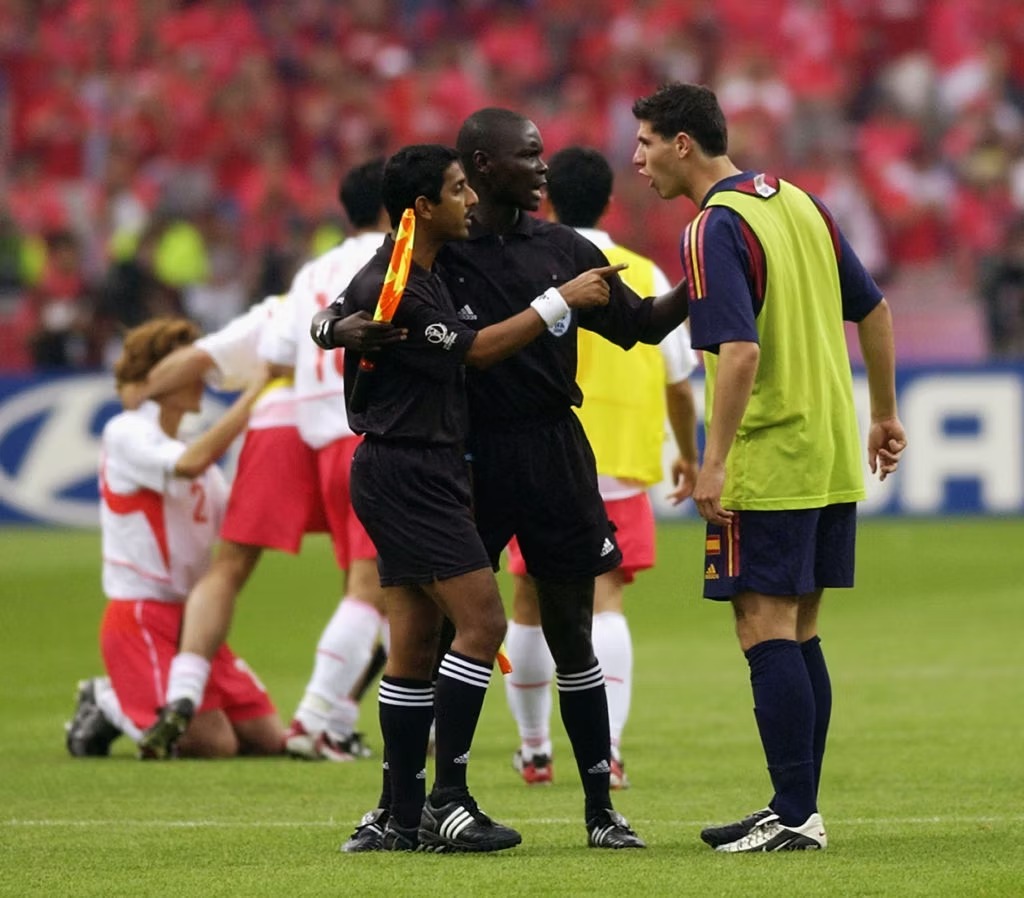
- 2010 World Cup, England vs Germany, Round of 16, Free State Stadium, Bloemfontein, South Africa
A reverse scenario of the 1966 incident. England’s Frank Lampard struck a powerful shot that hit the crossbar and clearly bounced more than a foot over the goal line before coming back into play. Despite it being so obvious, neither the referee nor the linesmen saw it, and the goal was not awarded. At the time, England were trailing 2-1, and the goal would have levelled the match. England eventually lost 4-2 to Germany. The disallowed goal reignited the debate over goal-line technology, emphasising the need for assistance in officiating to prevent such errors. The incident is often cited as a pivotal moment that accelerated the adoption of goal-line technology (GLT) in football and eventually GLT was first officially introduced during the 2012 FIFA Club World Cup in Japan.
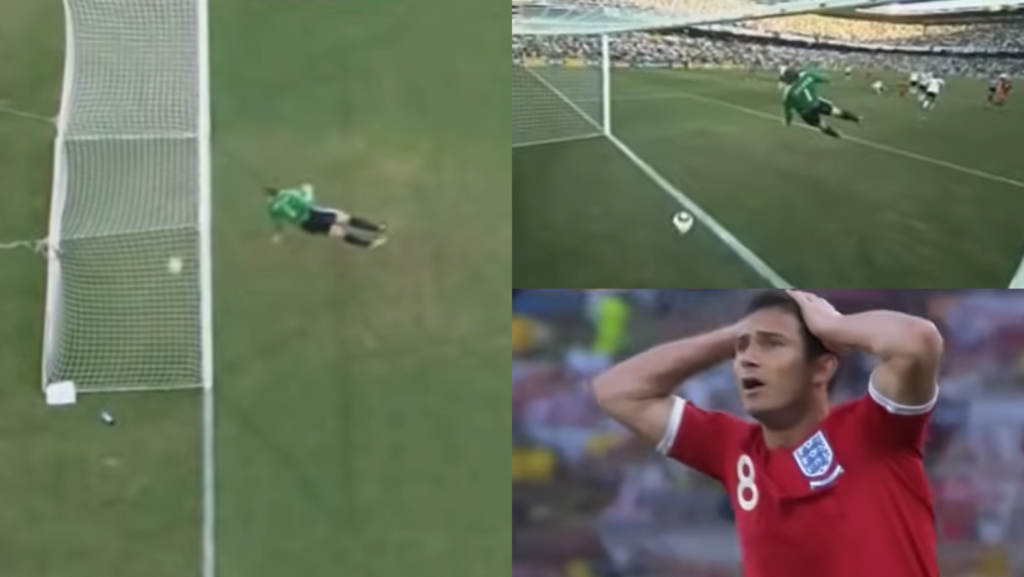
Some examples from club football:
- Liverpool vs Chelsea, 2005 UEFA Champions League Semi-Final, Anfield
In the second leg of the semi-final at Anfield, Liverpool’s Luis García scored what became famously known as the “ghost goal”. In the fourth minute, García’s shot ricocheted off the crossbar and dropped near the goal line. Despite claims from Chelsea players that the ball didn’t fully cross the line, the referee awarded the goal to Liverpool. The goal proved to be the only one of the match, sending Liverpool to the final with a 1-0 aggregate victory. Liverpool went on to win the Champions League that season. The legitimacy of García’s goal has been debated over the years, with some arguing that the ball may not have fully crossed the line. Nonetheless, it remains a crucial moment in Liverpool’s remarkable Champions League campaign and is another such incident in world football that has always been cited to mention the need for goal-line technology.

- Barcelona vs Real Betis, La Liga 2017, Camp Nou
Not so famous, yet a significant incident which highlighted the need for VAR and GLT in football. Barcelona’s goal was wrongly disallowed by the referee’s assistant, despite the ball clearly crossing the goal line. The incident occurred when a shot from Barcelona’s Aleix Vidal hit the underside of the crossbar and bounced well over the goal line before spinning back into play. However, the officials failed to award the goal, leading to controversy. Barcelona drew the match 1-1 with the disallowed goal, and finished the season with 90 points, behind Real Madrid on 93. Video Assistant Referee (VAR) technology was officially introduced in La Liga starting from the 2018-2019 season.
